Seahorses and Hermaphrodites
 February 20, 2013
February 20, 2013
Seahorses are known to enter shallow areas when they are ready to mate. Perhaps the special time of the year when seahorses pair up and mate is soon approaching or recently occurred, because during last weekend’s visit to the reef at Pulau Hantu, divers spotted lots of seahorses, and some of the boys had their tummies really bloated!
It’s hard to tell if the males (right) are already “pregnant”, that is, if they have already received egg deposits from the females (left), because prior to courtship, males will inflate their pouches with water to let the ladies know “Hey lookie over here! I’m not banged up yet!” Seahorses are known to mate for life. That means, if one of the seahorses die it may take a long time (if at all) before a seahorse pairs up with another individual to form a new pair. Very little is known about the bonds between seahorse pairs, so a lot more observations are needed. To witness such intimate moments between seahorses in the wild is extremely rare.
Like seahorses, pipefish are also known to have courtship rituals and it is also the male that receives eggs from the female. Unlike seahorses however, some pipefish are known to have more than one partner. That is, one female mates with more than one male, but not usually the other way around. I wonder if the Winged pipefishes at Pulau Hantu are monogamous or polyandrous… It would be so interesting to find out!
While some animals on the reef have complex and intricate mating rituals, other creatures find crude and straightforward ways to get the act over and done with. Polyclad flatworms are hermaphroditic, this means they have both male and female reproduction organs. When two individuals meet on the reef, they sort of get into a fight with their penises. The objective is simple: to prick the other individual anywhere on its body. Sometimes this act can result in injury, but polyclads are known to heal within 24 hours. Because they have such basic anatomy, mere penetration of the skin is sufficient for effective sperm transfer and egg fertilization.
Flatworms can’t see very well, so their intricate patterns probably serve more as a deterrent to potential predators than as a form of visual cue to would-be mates. It is also believed that some flatworms mimic the appearance of nudibranches, which are poisonous.
Flatworms can swim through the water very effectively by undulating their marginal ruffles. Many species of polyclad flatworms remain undescribed by science.
Nudibranches, like polyclad flatworms, are hermaphrodites. Left-Right: Blue-gilled Tambja, Glossodoris atromarginata (Black-margined glossodoris)
A close look at the oral palps and rhinophores of a Tamja nudibranch. Opisthobranchs, or sea slugs, don’t actually have taste buds, but they are able to pick up trace chemicals in the water that can lead them to their prey. This Tamja nudibranch, which eats other nudibranches, might be “sniffing” the water for another tasty nudibranch!
The nudibranch, Ceratosoma gracillium, prefers prey that doesn’t move, and feeds on sponges.
Divers also spotted a young cuttlefish taking a break on a Barrel sponge.
Another colorful critter on the reef was this Painted hypselodoris.
There were also plenty of gobies scuttling and burrowing in and around the reef. However, with a good set of eyes, skittish demeanor and powerful tail, they can be very tricky to photograph! To see more photos from this dive, visit the Hantu Blog Gallery!
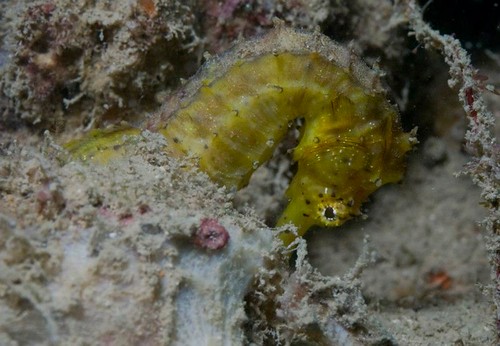
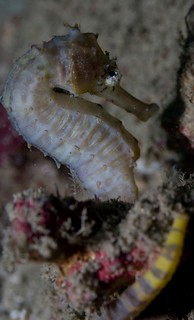
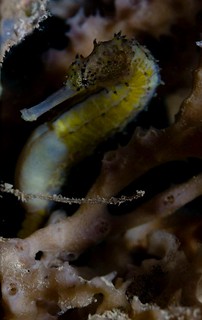


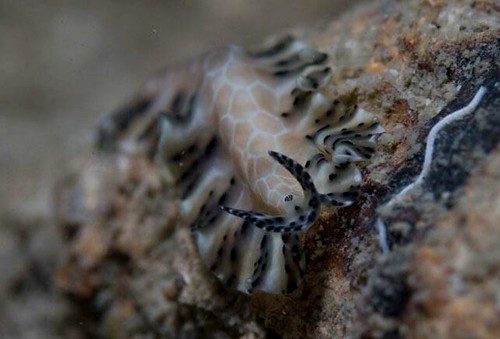

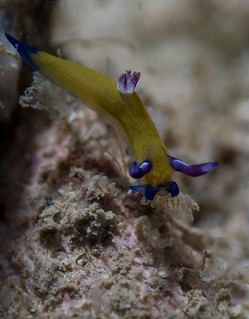
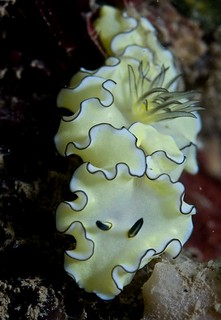
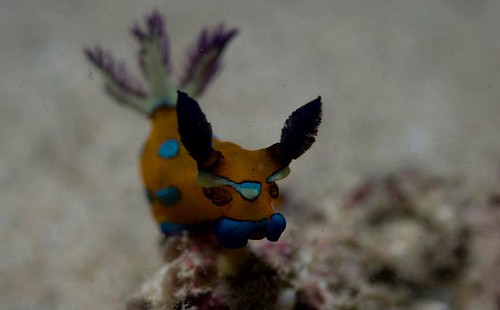
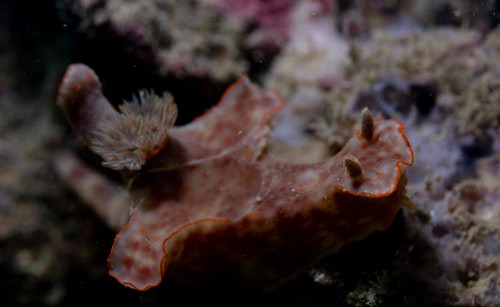
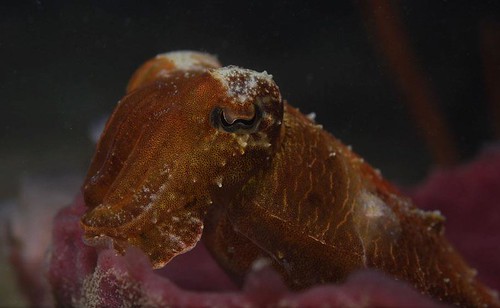
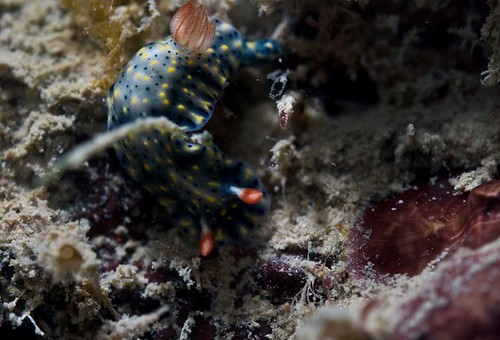
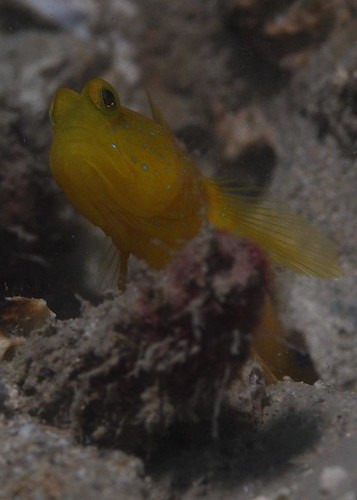
 Posted in
Posted in 



 content rss
content rss
COMMENTS